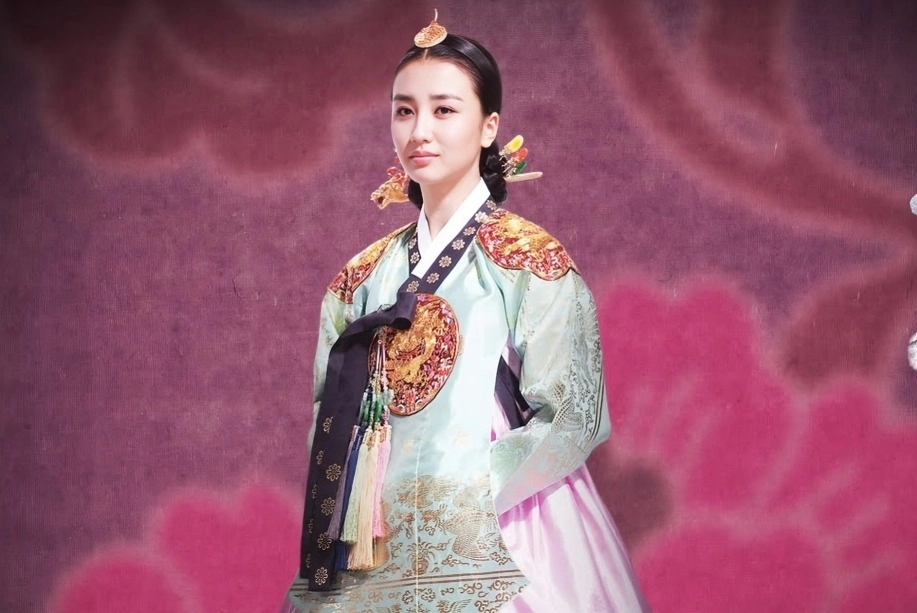
On traditional hanbok, norigae is often attached to the goreum (coat strings) of a woman's jeogori (jacket) or her chima (skirt), as seen in the photo from the 2010 K-drama 'Dong Yi.' Photo: courtesy of MBC.
I was just recently checking out The Korea Herald and came across this article about Incheon International Airports norigae-making class (running until July 31), which draws some inspiration from the massively hit animated film KPop Demon Hunters , where the Huntrix members rock modernized norigae. I was like, Whats the deal with norigae? See, the thing is, Ive always been into Korean culture, and it turns out norigaethese tiny, knotted, tasselly things of silkhave been around in Korean wardrobes for centuries. More interestingly, theyre not just pretty accessories but a language of their own, conveying all sorts of symbolism and carrying a rich legacy.
The norigae, literally meaning decorative knot, was high in fashion during the Joseon Dynasty (1392-1910). Think of women wearing them, attaching the fancy trinkets to their traditional hanbok while also using them as ornaments. But whats really cool about norigae is that they had a story to tell about the wearerlike they could reveal a womans social standing, whether she was married or not, and even give hints about her personality.
With its four distinct componentsa hook, main ornament, knots, and tasselsnorigae has been significant for Korean women for generations, symbolizing status, beauty, and good fortune. But the real magic happens with the maedeup, or traditional Korean knots. Each knot is like a secret message revealing what the wearer hopes for and dreams of. For example, theres the Mongyeob changnyeong gyeol knot, which looks like a butterfly and is all about wishing for happiness and prosperity. And then theres the cluster of chrysanthemum knots, symbolizing purity and beauty and wishing for peace and rejuvenation. As a Biroso article says, choosing a particular knot and color for a norigae is a thoughtful process, imbued with wishes specific to the wearers life and aspirations. I mean, its like literally wearing your heart on your sleeve.
A butterfly-shaped ddidon or clasp used in the norigae is hanging on a garment. Photo: Norigae at the National Folk Museum of Korea, Seoul, South Korea, courtesy of Wikipedia.
Norigae comes in stunning styles, like the super elegant jujeok norigae with its gorgeous jade stones or the fancy daenggi norigae with flowing silk tassels that shine with gold. In Korean weddings, the bride wears norigae, as they are believed to attract fortune and felicity and ward off evil spirits. Its also a popular gift for special occasions, and on holidays like Seollal (Korean New Year), people wear norigae to honor their heritage and ancestors. So, whether youre celebrating a big life moment or connecting with your roots, norigae is a beautiful way to do it.
Lee Yoo-jin, a history major, says, Honestly, I love how Korean designers are redefining traditional norigae these days. Theyre incorporating modern materials and designs, and its amazing to see norigae popping up everywherefrom fashion shows to everyday accessories. As a new generation Korean, I find them cool. Im obsessed with hanging them on my bags and even love pairing them with my outfits. You can find norigae in various markets throughout Korea. They are excellent souvenirs too! In Seouls Hongdae neighborhood, she says you can find modern hanbok shops that offer norigae-making workshops. With just a few hours of learning, you can make your own norigae!
In essence, norigae is a treasured keepsake for anyone who experiences it. And as Yoo-jin so eloquently puts it, it could be that thread thatll forever connect you to our countrys vibrant culture.
Norigae. Photo: courtesy of pngtree.com



